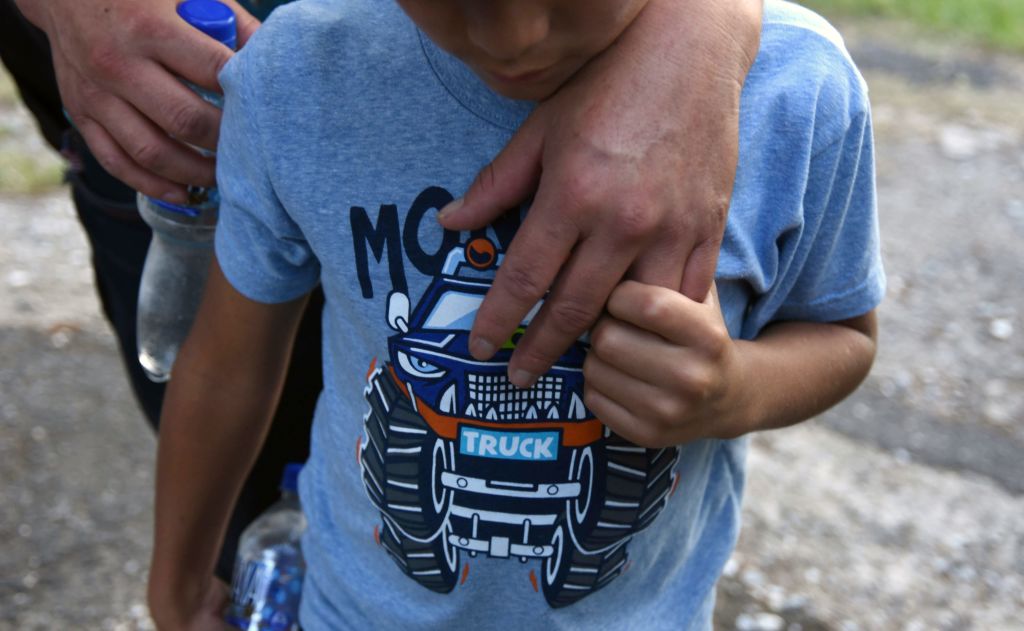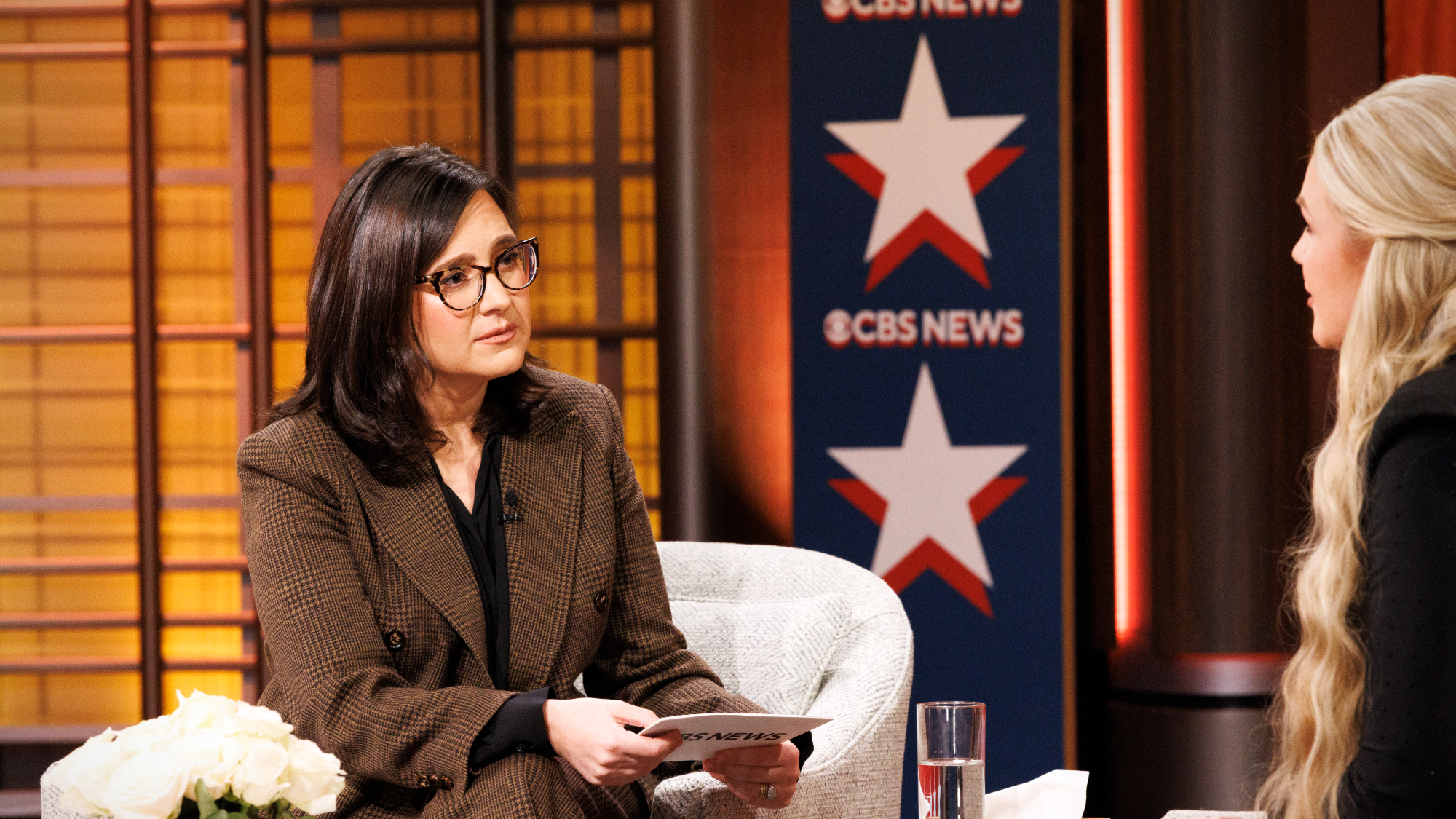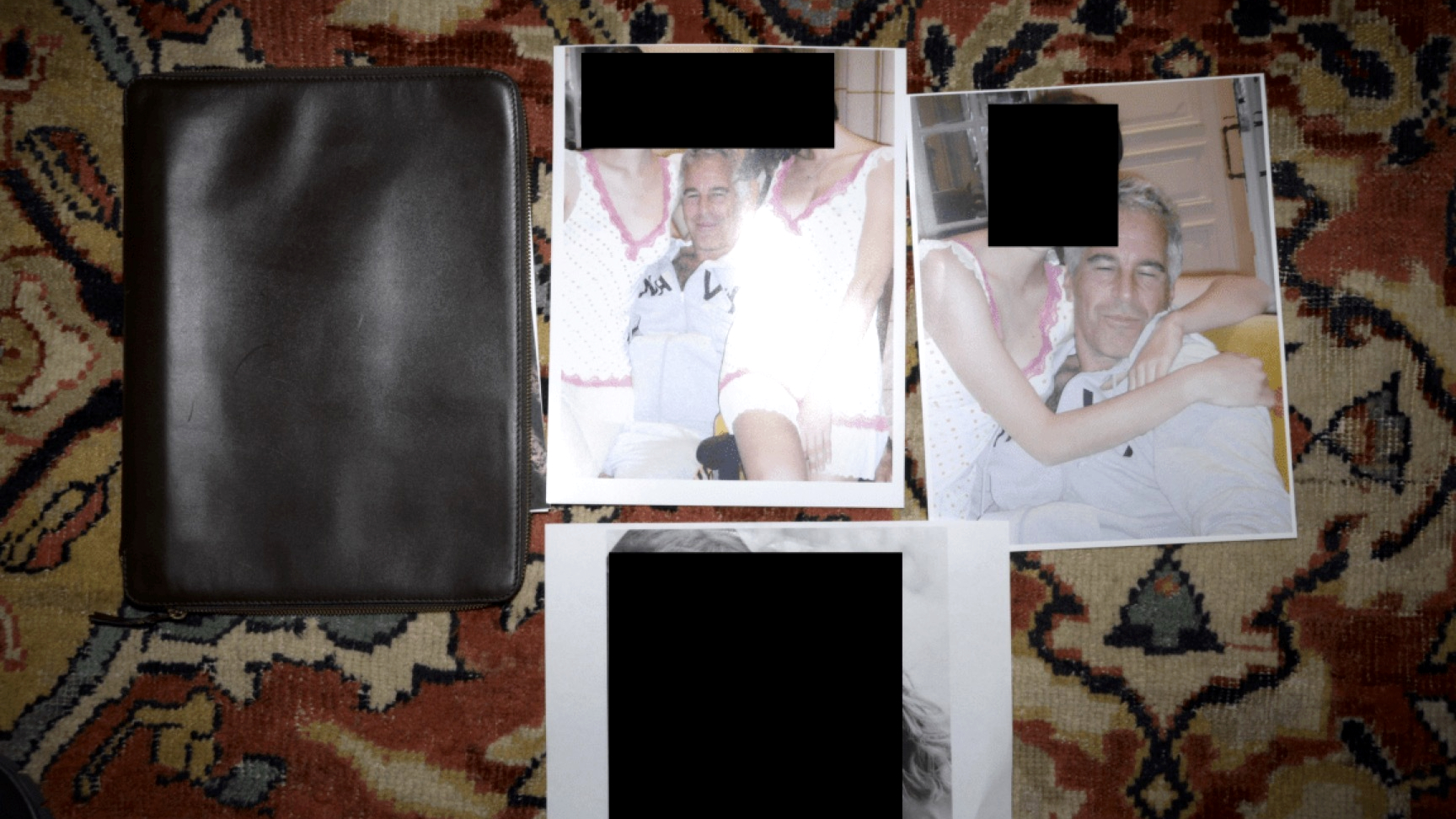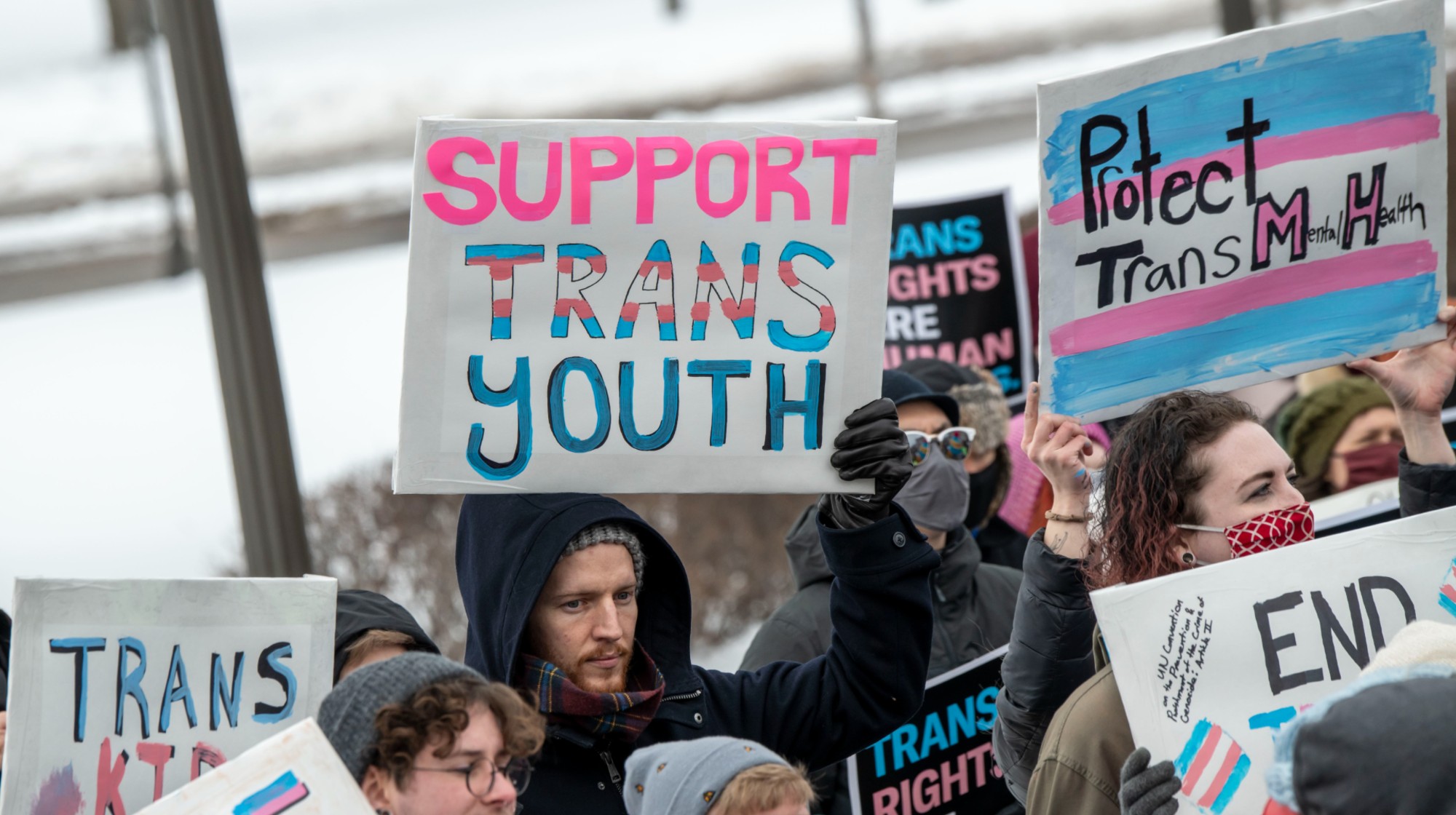The Trump administration reunited only a third of 102 young migrant children by Tuesday's deadline


There were tears of joy and tears of anguish as U.S. Immigration and Customs Enforcement (ICE) reunited 34 of the 102 children under 5 it had been ordered to return to their parents by Tuesday. (Four other kids had been returned to their parents before Tuesday.) And the federal judge who set the deadline, Dana Sabraw, was not amused. "These are firm deadlines, they're not aspirational goals," he told government lawyers. He asked an ACLU lawyer to propose punishments if the government missed the Tuesday deadline for at least 63 children and the July 26 deadline to reunite parents with the roughly 3,000 older children U.S. border agents forcibly separated under President Trump's "zero tolerance" policy.
The Department of Health and Human Services, which provided the 34-returned-children number, blamed safety concerns for the delay, saying it found parents with criminal backgrounds and five adults who DNA tests showed were not the child's parent. In a court filing Tuesday, the Justice Department gave other extenuating circumstances, including one young child who can't be returned because the whereabouts of his parents are unknown and "records show the parent and child might be U.S. citizens." Judge Sabraw wasn't swayed, conceding only that it would take more time to reunite the 20 children whose parents had already been deported.
Tuesday's secretive reunification effort was full of the "chaos, confusion, and legal wrangling" that has accompanied Trump's zero tolerance policy, the Los Angeles Times notes. Some reunions were happy, like a handful of Central American fathers reunited with their young kids in Texas and Michigan; they were "just holding them and hugging them and telling them that everything was fine and that they were never going to be separated again," immigration lawyer Abril Valdes said of three dads in Michigan. In Arizona, on the other hand, a few mothers were met with rejection from toddlers who appeared not to recognize them after months of separation, The New York Times reports.
The Week
Escape your echo chamber. Get the facts behind the news, plus analysis from multiple perspectives.

Sign up for The Week's Free Newsletters
From our morning news briefing to a weekly Good News Newsletter, get the best of The Week delivered directly to your inbox.
From our morning news briefing to a weekly Good News Newsletter, get the best of The Week delivered directly to your inbox.
A free daily email with the biggest news stories of the day – and the best features from TheWeek.com
Peter has worked as a news and culture writer and editor at The Week since the site's launch in 2008. He covers politics, world affairs, religion and cultural currents. His journalism career began as a copy editor at a financial newswire and has included editorial positions at The New York Times Magazine, Facts on File, and Oregon State University.
-
 CBS pulls ‘60 Minutes’ report on Trump deportees
CBS pulls ‘60 Minutes’ report on Trump deporteesSpeed Read An investigation into the deportations of Venezuelan migrants to El Salvador’s notorious prison was scrapped
-
 Trump administration posts sliver of Epstein files
Trump administration posts sliver of Epstein filesSpeed Read Many of the Justice Department documents were heavily redacted, though new photos of both Donald Trump and Bill Clinton emerged
-
 Trump HHS moves to end care for trans youth
Trump HHS moves to end care for trans youthSpeed Read The administration is making sweeping proposals that would eliminate gender-affirming care for Americans under age 18
-
 Jack Smith tells House of ‘proof’ of Trump’s crimes
Jack Smith tells House of ‘proof’ of Trump’s crimesSpeed Read President Donald Trump ‘engaged in a criminal scheme to overturn the results of the 2020 presidential election,’ hoarded classified documents and ‘repeatedly tried to obstruct justice’
-
 House GOP revolt forces vote on ACA subsidies
House GOP revolt forces vote on ACA subsidiesSpeed Read The new health care bill would lower some costs but not extend expiring Affordable Care Act subsidies
-
 Hegseth rejects release of full boat strike footage
Hegseth rejects release of full boat strike footageSpeed Read There are calls to release video of the military killing two survivors of a Sept. 2 missile strike on an alleged drug trafficking boat
-
 Trump vows naval blockade of most Venezuelan oil
Trump vows naval blockade of most Venezuelan oilSpeed Read The announcement further escalates pressure on President Nicolás Maduro
-
 Kushner drops Trump hotel project in Serbia
Kushner drops Trump hotel project in SerbiaSpeed Read Affinity Partners pulled out of a deal to finance a Trump-branded development in Belgrade



